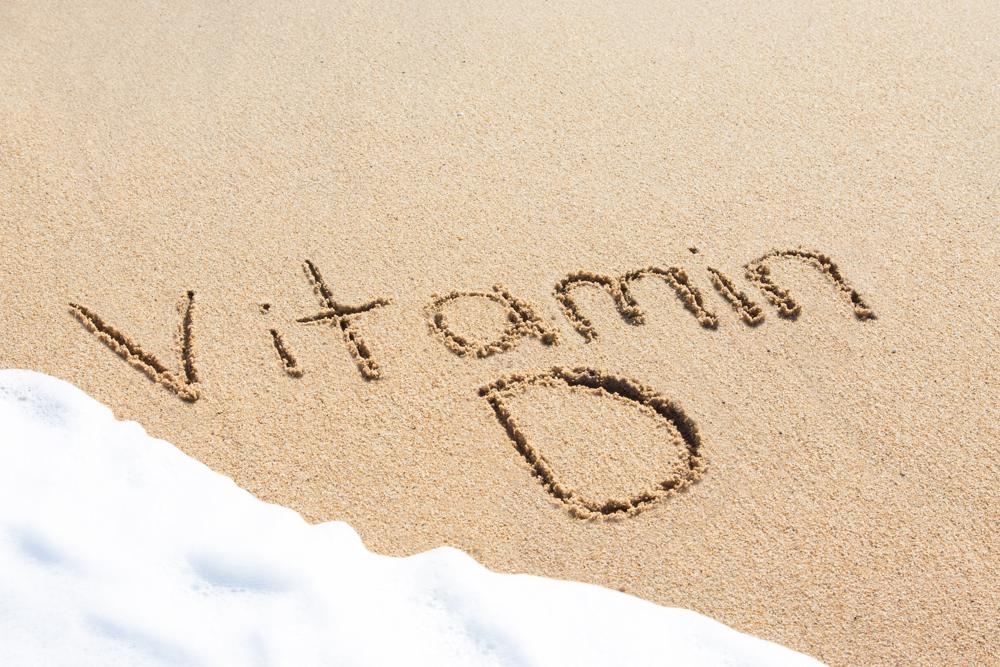Vitamin D Deficiency

There are three ways to get this much needed vitamin: the sun’s UV rays, food sources and supplements.
While foods like oily fish, eggs, milk, mushrooms, fortified products and supplementation provide a dose of your daily vitamin D, 90 per cent of it is being made when the sun’s UV rays strike your skin and reacts with a cholesterol like substance to produce it.
WHO’S AT RISK?
There are a number of factors that increase the risk of having inadequate vitamin D, among them are people who spend less time outdoors, older age, darker skin pigmentation, geographic location, and dietary habits (i.e. excessive caffeine and soft drink intake)
HOW DO YOU KNOW IF YOU’RE DEFICIENT?
Symptoms of vitamin D deficiency are non-specific and for many people are subtle, however, they often include fatigue, bone and muscle pain, muscle weakness, weight gain, poor sleep and concentration. Left untreated, too little vitamin D may be putting us at risk of diabetes, heart disease, dementia, osteoporosis, increased risk of infections, auto-immune diseases, and even cancers.
How to Reduce Your Risk?
Have a healthy respect for the sun. Treat it like medication, using the lowest dose necessary, but don’t avoid it completely. You only need to expose your skin for about 10 minutes a day. Caution: the more skin you expose, the less time you need!
Eat a diet rich in antioxidants and beneficial fats. These strengthen skin cells and help protect the skin from sun damage. Eating lots of colorful fruits, vegetables, nuts and wholegrain every day, along with an oily fish two to three times a week will achieve this.